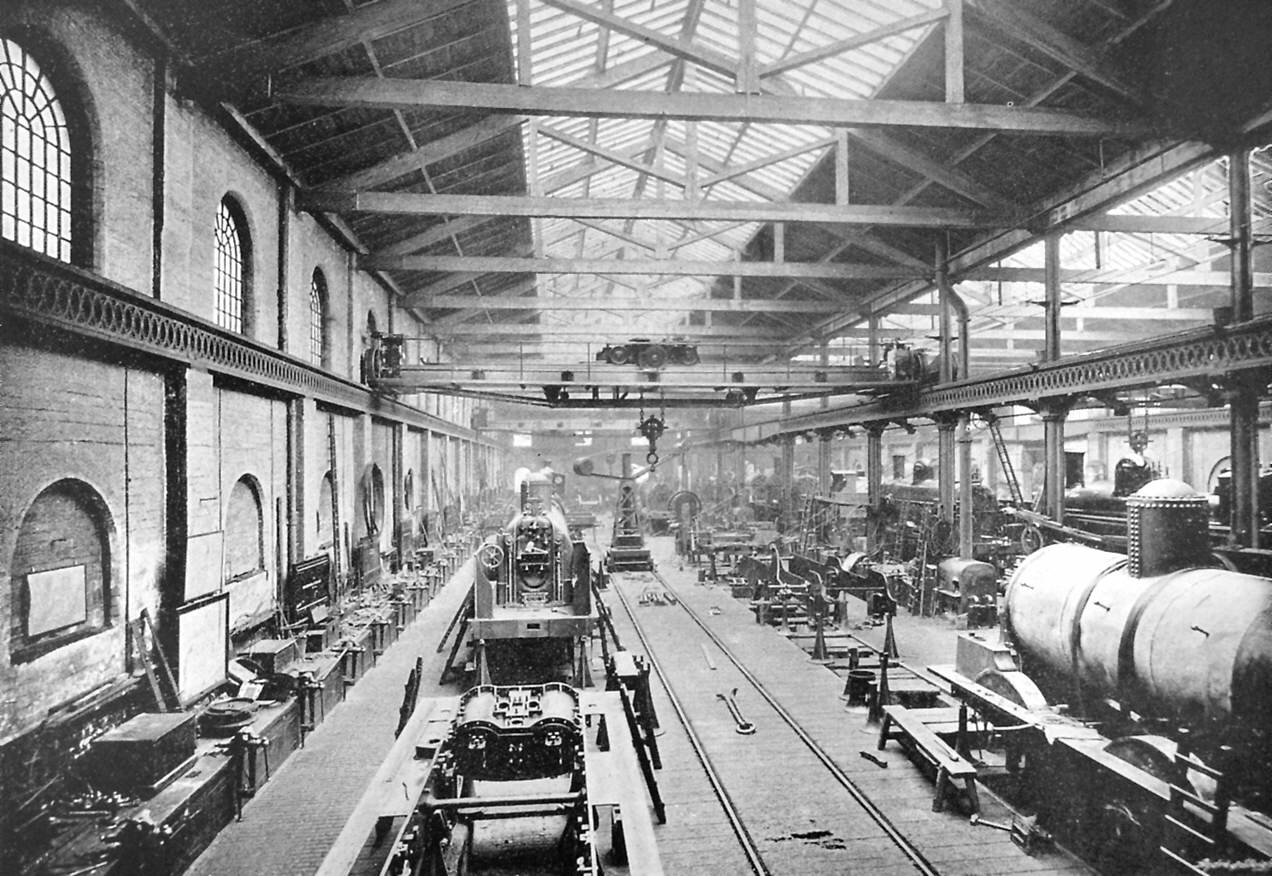|
LNWR Precursor Class (other)
The London and North Western Railway The London and North Western Railway (LNWR, L&NWR) was a British railway company between 1846 and 1922. In the late 19th century, the LNWR was the largest joint stock company in the world. Dubbed the "Premier Line", the LNWR's main line connec ... (LNWR) had three classes of steam locomotive identified as Precursor Class: * LNWR Webb Precursor Class of 1874–1879 by Francis Webb, a 2-4-0 * LNWR Whale Precursor Class of 1904–1907 by George Whale, a 4-4-0 * LNWR Precursor Tank Class, 4-4-2 tank engines based on the Whale precursors {{dab ... [...More Info...] [...Related Items...] OR: [Wikipedia] [Google] [Baidu] |
London And North Western Railway
The London and North Western Railway (LNWR, L&NWR) was a British railway company between 1846 and 1922. In the late 19th century, the LNWR was the largest joint stock company in the world. Dubbed the "Premier Line", the LNWR's main line connected four of the largest cities in England; London, Birmingham, Manchester and Liverpool, and, through cooperation with their Scottish partners, the Caledonian Railway also connected Scotland's largest cities of Glasgow and Edinburgh. Today this route is known as the West Coast Main Line. The LNWR's network also extended into Wales and Yorkshire. In 1923, it became a constituent of the London, Midland and Scottish (LMS) railway, and, in 1948, the London Midland Region of British Railways. History The company was formed on 16 July 1846 by the ( 9 & 10 Vict. c. cciv), which authorised the amalgamation of the Grand Junction Railway, London and Birmingham Railway and the Manchester and Birmingham Railway. This move was prompted, in ... [...More Info...] [...Related Items...] OR: [Wikipedia] [Google] [Baidu] |
LNWR Webb Precursor Class
The London and North Western Railway (LNWR) Precursor class was a class of forty steam locomotives designed by F. W. Webb and built at the railway's Crewe Works between 1874 and 1879. History The Precursor class was the first locomotive class to be designed wholly by F. W. Webb. He had previously ordered further examples of his predecessor's Samson SAMSON (Software for Adaptive Modeling and Simulation Of Nanosystems) is a computer software platform for molecular design being developed bOneAngstromand previously by the NANO-D group at the French Institute for Research in Computer Science an ... and Newton classes. The class featured enclosed wheel splashers and cabs from new, but no brakes were initially fitted; some received steam brakes and others vacuum brakes. They were fitted with tenders. Fleet list References * {{DEFAULTSORT:LNWR Precursor1 Class Precursor1 2-4-0 locomotives 1B n2 locomotives Railway locomotives introduced in 1874 Scrapped locomotives ... [...More Info...] [...Related Items...] OR: [Wikipedia] [Google] [Baidu] |
LNWR Whale Precursor Class
The London and North Western Railway (LNWR) "Precursor" Class was a type of 4-4-0 ("American") steam locomotive designed by the company's Chief Mechanical Engineer, George Whale. Introduced in 1904, it should not be confused with the LNWR 2-4-0 "Precursor" Class of 1874 designed by Francis Webb, the last example of which was scrapped in 1895. In 1906, a 4-4-2T ("Atlantic") tank variant of Whale's engine, the "Precursor Tank" Class, also entered service. History The Precursor Class was essentially a larger version of the LNWR "Improved Precedent" Class, being Whale's first attempt at producing a locomotive which would remove the requirement for express trains to be double headed (then standard practice on the LNWR). 130 examples of the class were constructed at Crewe Works between March 1904 and August 1907, their introduction allowing Whale to phase out the unreliable compound locomotives favoured by his predecessor, Francis Webb. As built, they were saturated, alth ... [...More Info...] [...Related Items...] OR: [Wikipedia] [Google] [Baidu] |

